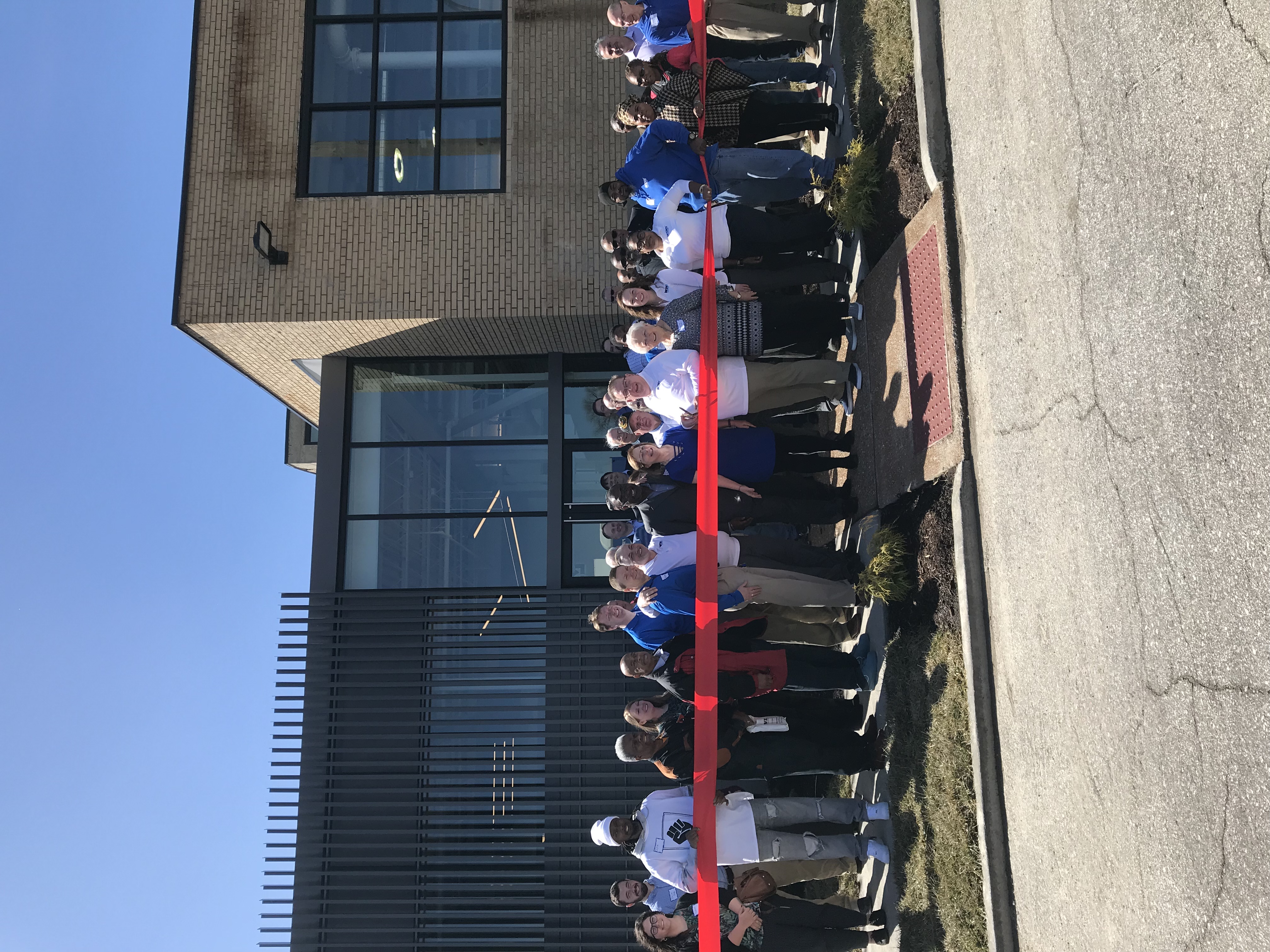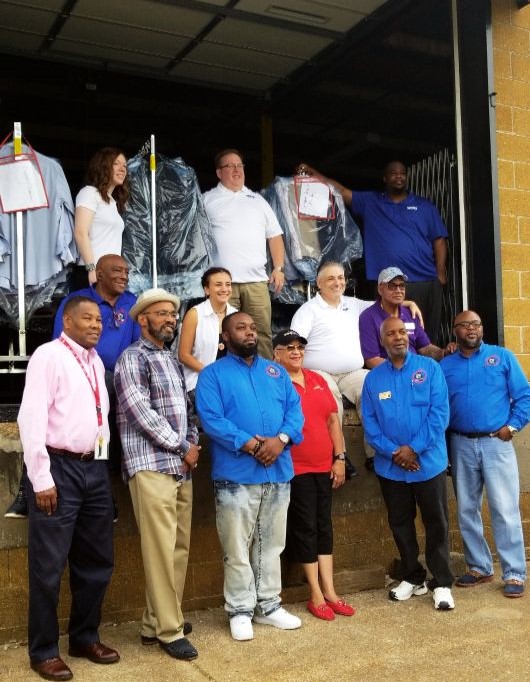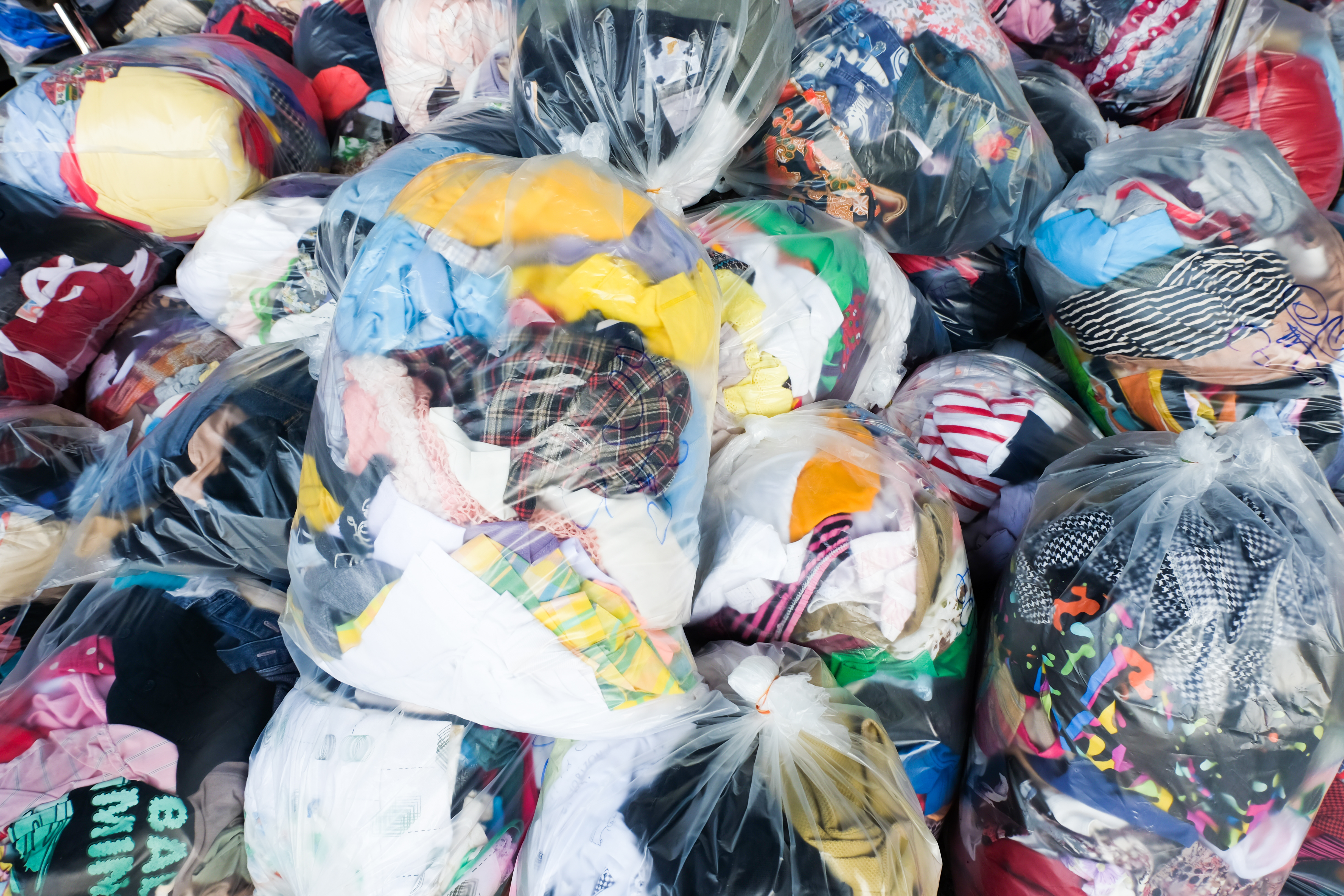WIN Warehouse Helps Corporations Save Money and Change the World
By Travis Laws, WIN Warehouse
While the average person may not understand how integral the reverse logistics industry is to our day-to-day lives, you know how important your job is. If the supply chain doesn’t operate efficiently, retailers and consumers suffer. The fact that most people don’t know what it really takes to make their online returns quick and easy is a testament to your industry doing its job well. When it’s seamless, you know it’s working.
Excess inventory is an expensive problem for companies. Not only do they lose out on revenue, that deficit is compounded by the practical costs of carrying the inventory. Selling off excess inventory can be difficult, and disposing of it can damage the environment. Plus, neither option gains the tax benefits of a donation. WIN Warehouse allows corporations to save money, help the environment and change the world by accepting excess inventory and distributing it to nonprofits who need it. The less nonprofits have to spend on overhead, the more they can put toward their mission, and that means an even greater impact.
As you’ve seen firsthand, the importance of reverse logistics became even more critical during the pandemic. Under the required “shelter in place” mandates, most people turned all their shopping attention online. Though online shopping was already a part of our everyday lives, this drastic change propelled online retail numbers through the roof (as you might have heard). With more online shopping comes more returns, amplified by the fact that consumers couldn’t visit a store and try out multiple options before purchasing. According to the National Retail Federation, online returns more than doubled in 2020 compared to 2019. “Consumers returned an estimated $428 billion in merchandise to retailers last year, approximately 10.6 percent of total U.S. retail sales in 2020,” NRF wrote in a news release.1
Reverse logistics is a costly industry. According to Statista, the cost of return deliveries in North America alone in 2019 -- pre-pandemic -- was $363 billion.2 Not only do retailers have to deal with the cost of returns, they also have to deal with the costs of carrying excess inventory. “Studies have shown that the annual additional cost of holding inventory can be 25% to 32%,” the Retail Owners Institute states.3
Many companies get stuck in the mindset that they have to find a way to sell excess inventory or risk taking a major loss. But what if there was a way companies could get rid of dead inventory while also saving money, helping the planet, and making the world a better place? That’s what WIN Warehouse helps its partners do.

WHAT IS WIN WAREHOUSE?
WIN Warehouse is a nonprofit that accepts donated excess inventory and offers it to other nonprofit organizations. When WIN started, the donations received were primarily the result of a forecast gone wrong. But today, WIN has adapted to the ever-changing supply chain and accepts inventory from shelf pulls to returned products. The products are then distributed to nonprofit members for only a tiny fraction of what they would normally pay.
By allowing nonprofits to save money, donations from corporations and organizations empower them to put more of their budget dollars toward fulfilling their mission. By donating excess inventory, they’re helping change the world.
The goal of WIN Warehouse is to help organizations do more good. For more than 25 years, the company has been doing this in a unique way, not only supporting nonprofits but allowing corporate donors to benefit, too.
There are three steps to the process:
- WIN accepts donated excess inventory. The WIN team receives donated inventory at their 150,000 square foot warehouse in St. Louis, where they process the items and make them available to nonprofit partners.
- Nonprofit members choose the items they need. Nonprofits can check out the warehouse in person or look at the online catalog and choose the items they need for only a small handling fee.
- The world is a little better than it was yesterday. Nonprofit members then use that excess inventory to increase their capacity and impact. This is how we empower nonprofit organizations to turn excess inventory into a force for more good in the world.

WHY IT MATTERS
WIN’s unique story shows that with creativity and connection, everyone can play a role in making a difference. And it can benefit companies in more ways than one.
SAVE MONEY
Practically, companies can receive a major tax benefit for donating excess inventory rather than disposing of it. If a company simply gets rid of the inventory, it can only deduct the cost of the inventory for tax purposes. If instead. the company donates the items to WIN Warehouse, it can receive a tax deduction for the cost of the inventory plus half the difference between cost and
fair market value of up to twice the cost. In other words, the company can often get a double tax write-off.
On top of the write-off, companies also save money by cutting down on carrying costs. As referenced previously, the cost of carrying excess inventory can be an additional 25-32% of the cost of the inventory itself. If we split the difference and use 30% as a guide, a company carrying $10,000 in excess inventory is likely wasting an additional $3,000 annually just to hold it. By donating the inventory you don’t need, you’ll free up warehouse space, get the tax break and save that holding cost as well.
DO YOUR PART FOR THE PLANET
Donating your excess inventory also helps the earth by cutting down on waste. Donors are keeping those items out of a landfill while also putting them to good use. Excess inventory is particularly a problem in the fashion industry, where 13 million tons of recyclable textiles are wasted annually. 4
“Decomposing clothing and the long supply chain means that the fashion industry is responsible for creating greenhouse gas emissions of 1.2 billion tons per year, making it the second-largest global polluter5 next to oil,” states INTURN, a software company that helps with streamlining supply chains.6

While every company may not be dealing with the amount of excess inventory as the fashion industry, every company can do its part to avoid contributing to climate change, pollution, and other negative environmental impacts.
“I want people to think of inventory as not just piles of cash, but also piles of carbon and piles of water,” says Robert F. Byrne, CEO of Terra Technology, which helps companies sense demand with real-time data.7
Even if a company is not disposing of excess inventory, carrying unnecessary items can negatively impact the environment as well, wasting resources like lighting the warehouse and providing air conditioning for temperature control.
As we look to how our world operates in a circular economy, WIN continues to help its partners maximize their profit and reduce their waste. WIN is a great alternative for products that still have life in them, rather than liquidating or trashing this inventory. By donating those items, companies can reduce their negative impact on the planet and free up resources to invest in future growth.
MAKE AN IMPACT
It’s clear that through WIN, excess inventory donated from corporations can be game-changers for nonprofits. Whether it’s cleaning supplies or industrial coolers, metal filing cabinets, or bubbles for kids -- there’s a nonprofit that might just be in need of those exact items.
When nonprofits can spend less on storage carts and more on their mission, they can impact even more people with their work.
“Not only are we now saving tons of money on everything from toiletries to hand tools to material handling equipment, but we also find items that significantly expand our operational capacity for a fraction of the cost of new,” says Eric Schwartz, Founder and Executive Director of Refab, one of WIN’s nonprofit partners.
THE IMPACT OF WIN ON REVERSE LOGISTICS
As a reverse logistics professional, you understand how frustrating the world of returns and excess inventory can be. You know the domino effect one piece of the process can have on the rest. While companies are always looking to increase their efficiency in predicting demand and gaining more success as technology advances, it’s impossible to accurately predict the future consistently. Most companies will experience an excess of inventory at some point. As the world of returns skyrockets, WIN continues to adapt to meet its partners’ needs for excess inventory and managing the return process.
Currently, WIN is looking for a partner to pilot its “Returned for Good” program, where product returns can be accepted and processed onsite at WIN’s facility free of charge. To learn more about WIN Warehouse and how your partnership can make a positive impact, visit www.winwarehouse.org/corporate-donors.
Sources:
1. National Retail Federation, $428 Billion in Merchandise Returned in 2020
2. Statista, Reverse Logistics - statistics & facts
3. Retail Owners Institute, Costs of Excess Inventory in Retailing
4. Edge Expo, Fashion Industry Waste Statistics – EDGE
5. Ellen MacArthur Foundation, Circular Fashion - A New Textiles Economy: Redesigning Fashion’s Future
6. INTURN, The Impact Of Too Much Inventory On Hand
7. Harvard Business Review, Excess Inventory Wastes Carbon and Energy, Not Just Money
 Travis Laws
Travis LawsTravis Laws is president of WIN Warehouse, based in St. Louis, MO, where he oversees all operations for the nonprofit. He has been with the organization for 19 years. He is passionate about making people laugh, which he often puts to use performing as part of the local Shriners clown troupe to benefit Shriners Hospitals for Children.
Travis majored in musical performance at Southeast Missouri State University and still loves making music with his friends. (His early career was spent in music retail, where he developed an interest in supply chains.) He and his wife Tammy are recent empty-nesters, and when he’s not busy with WIN, Travis spends much of his free time fundraising and volunteering.